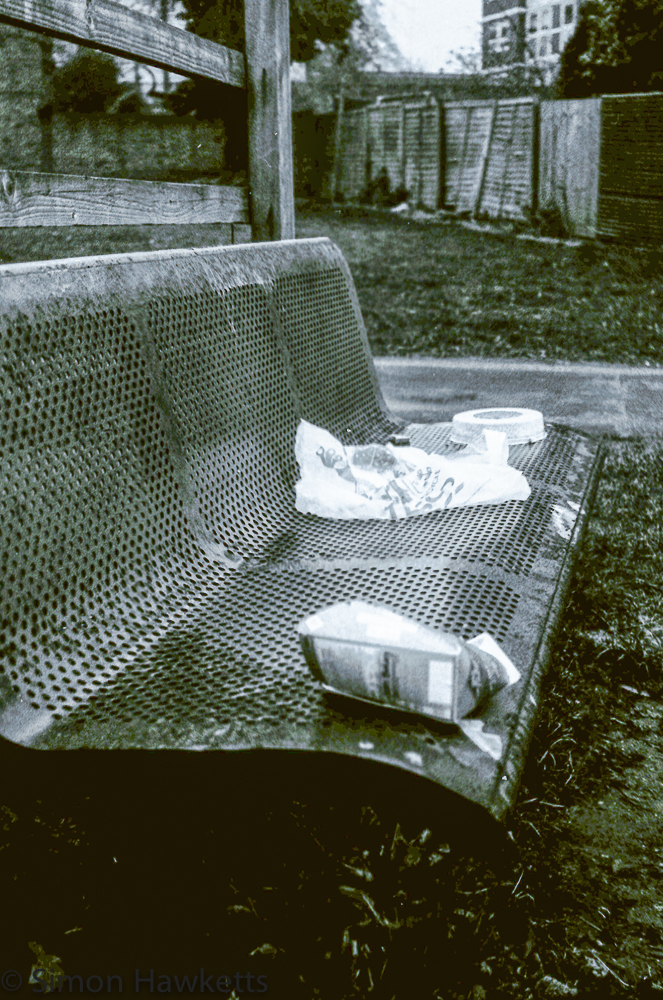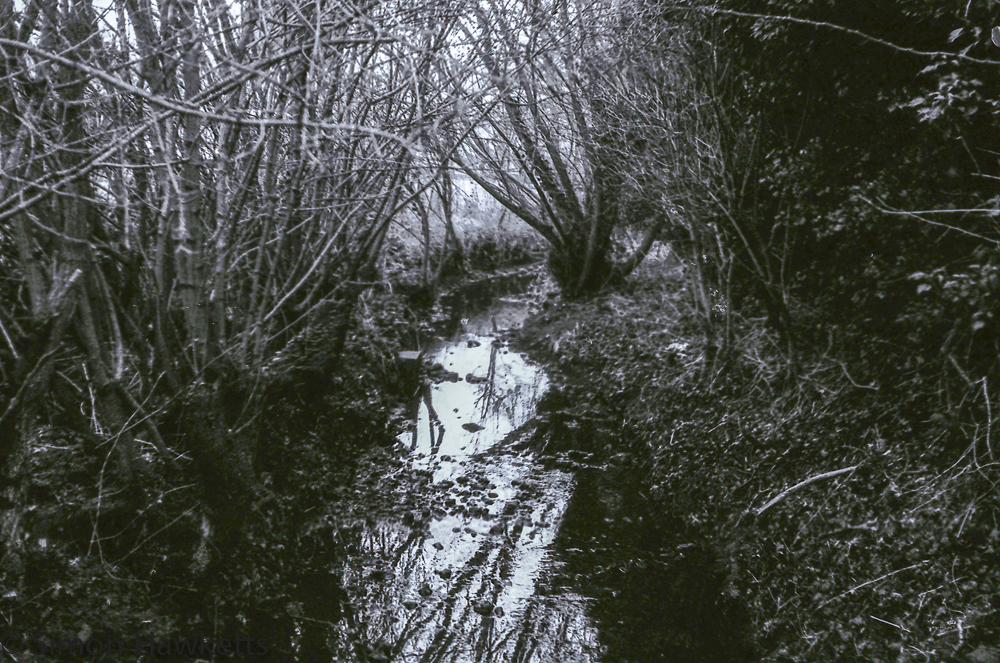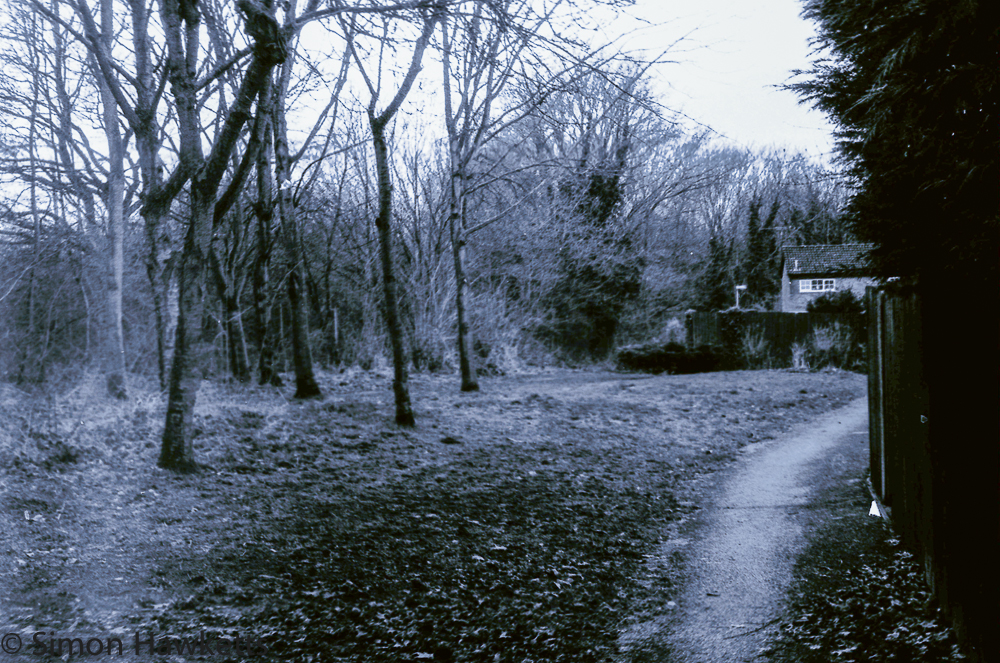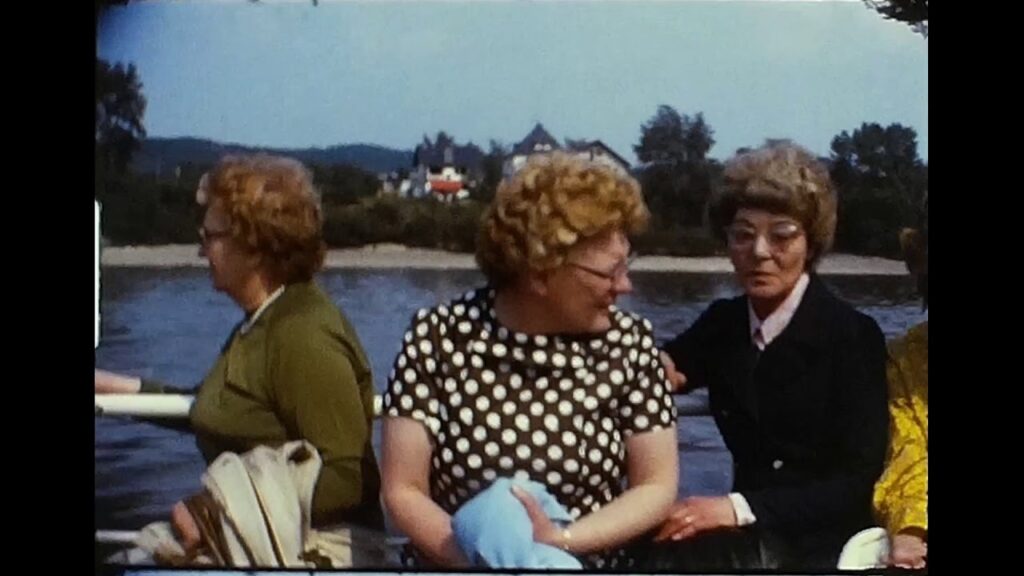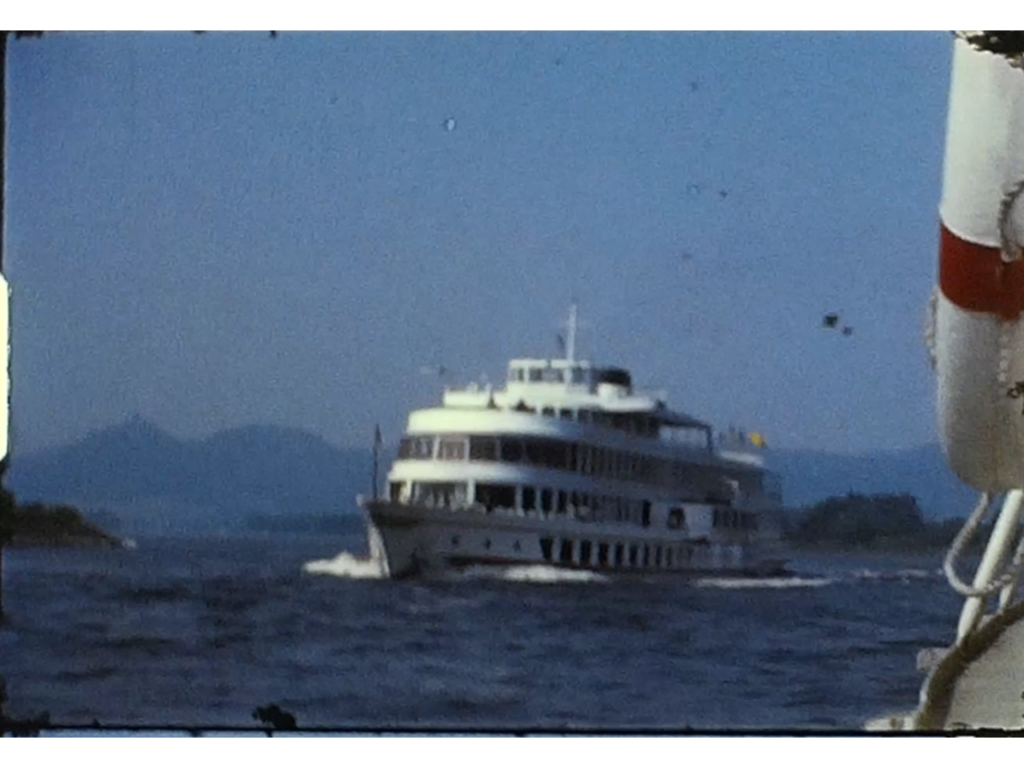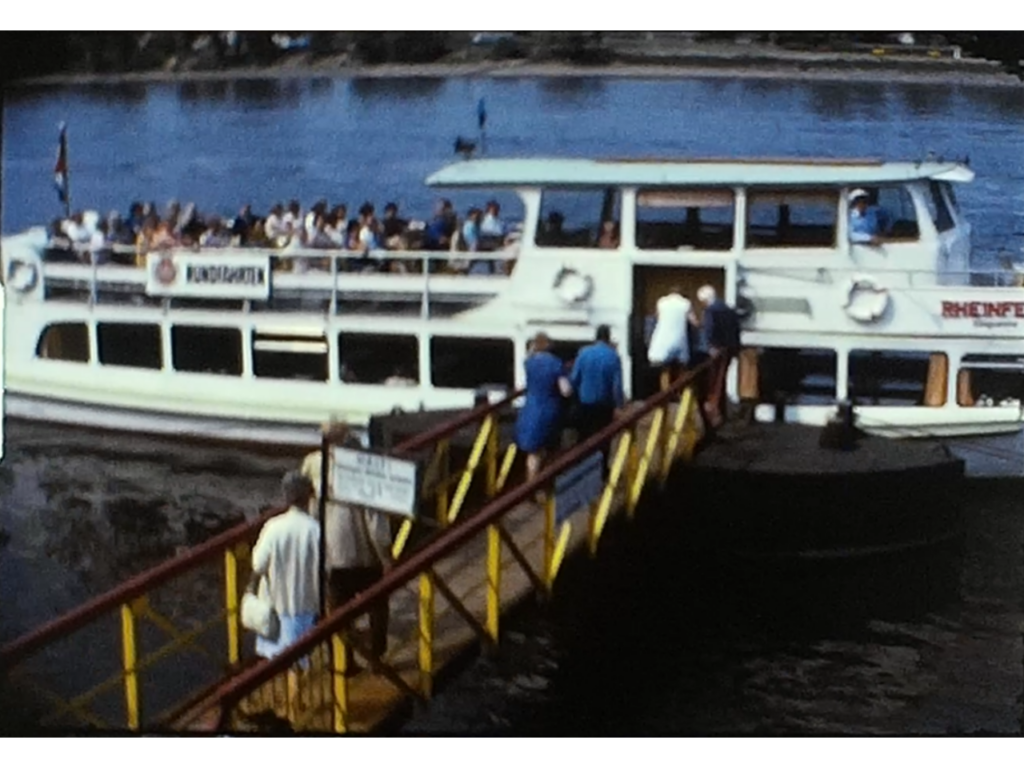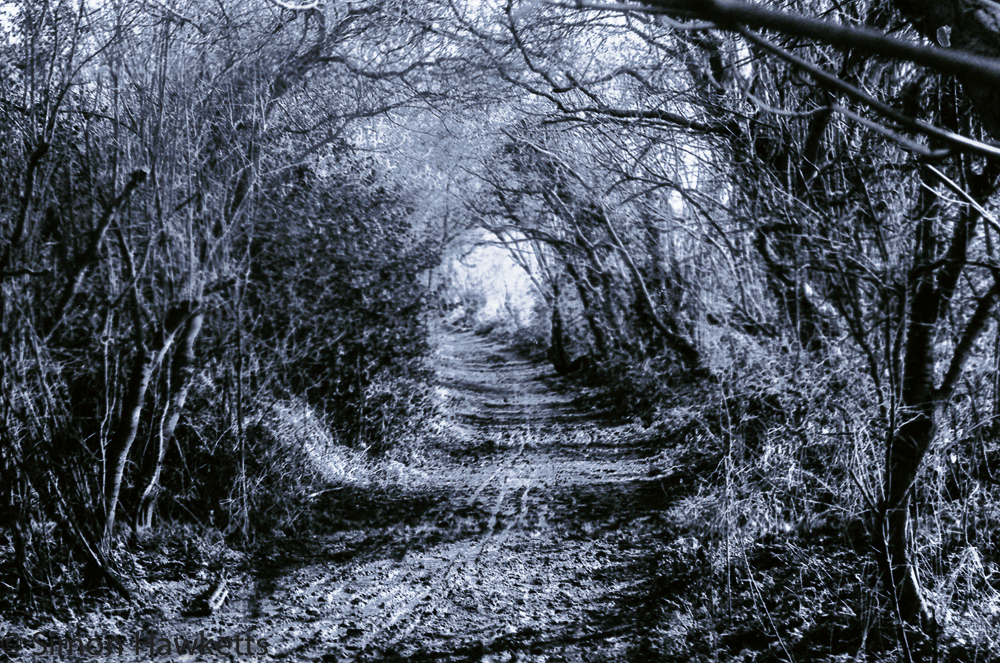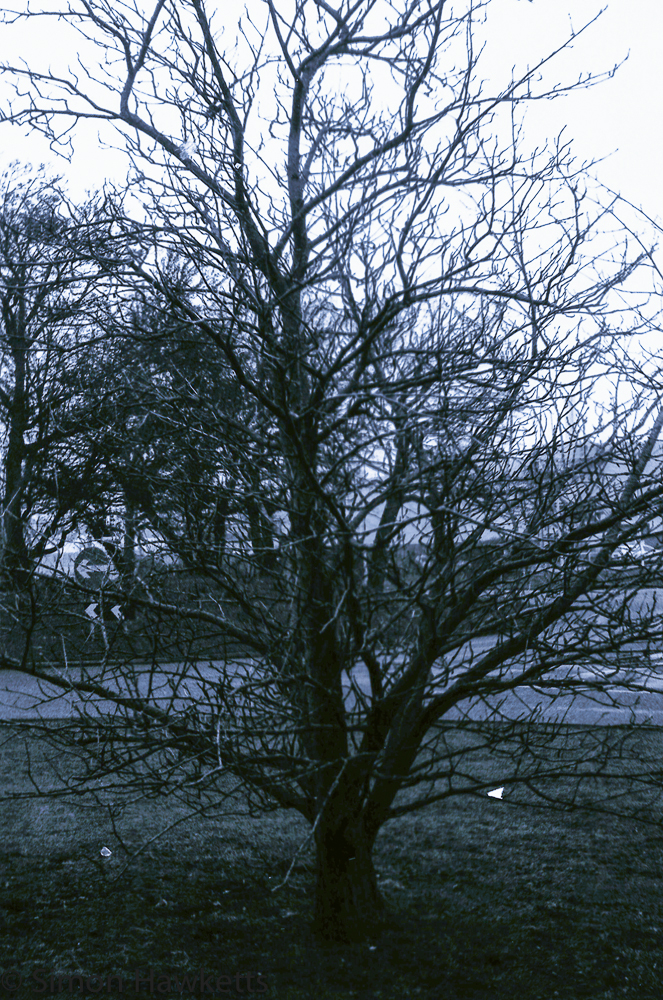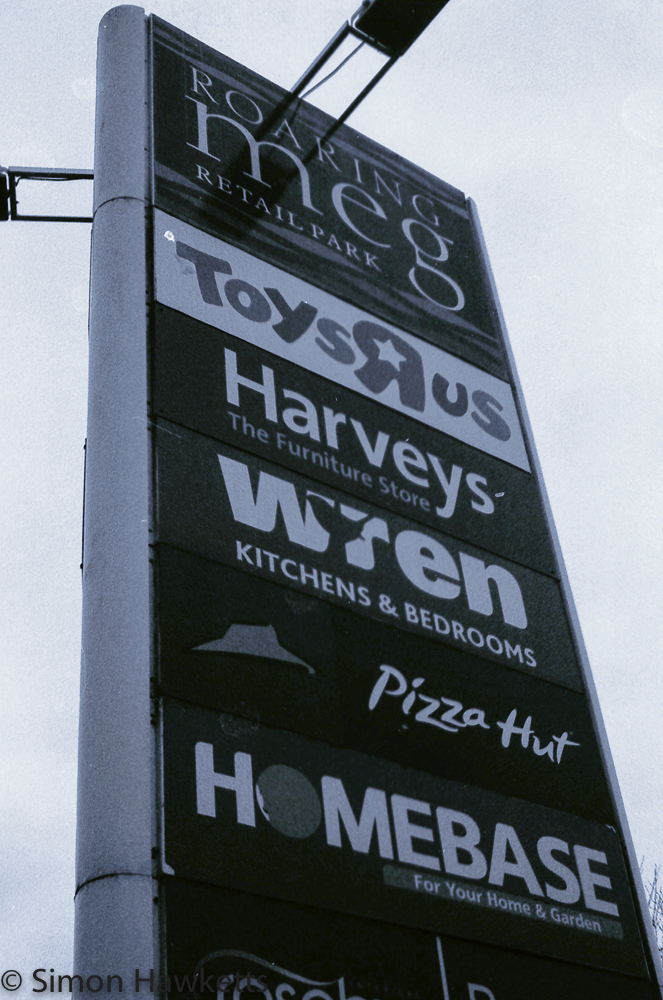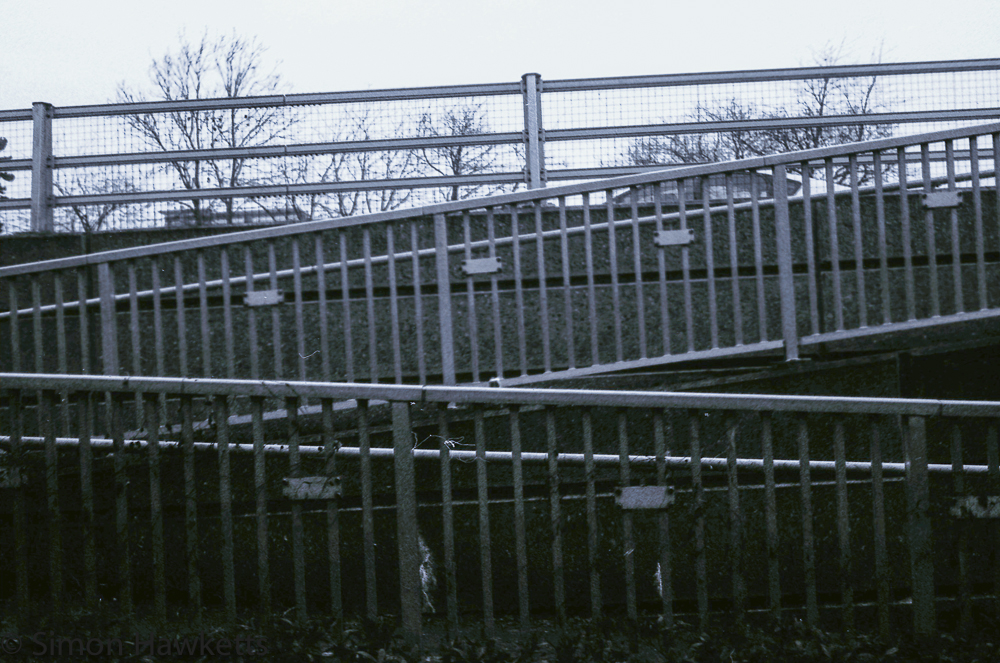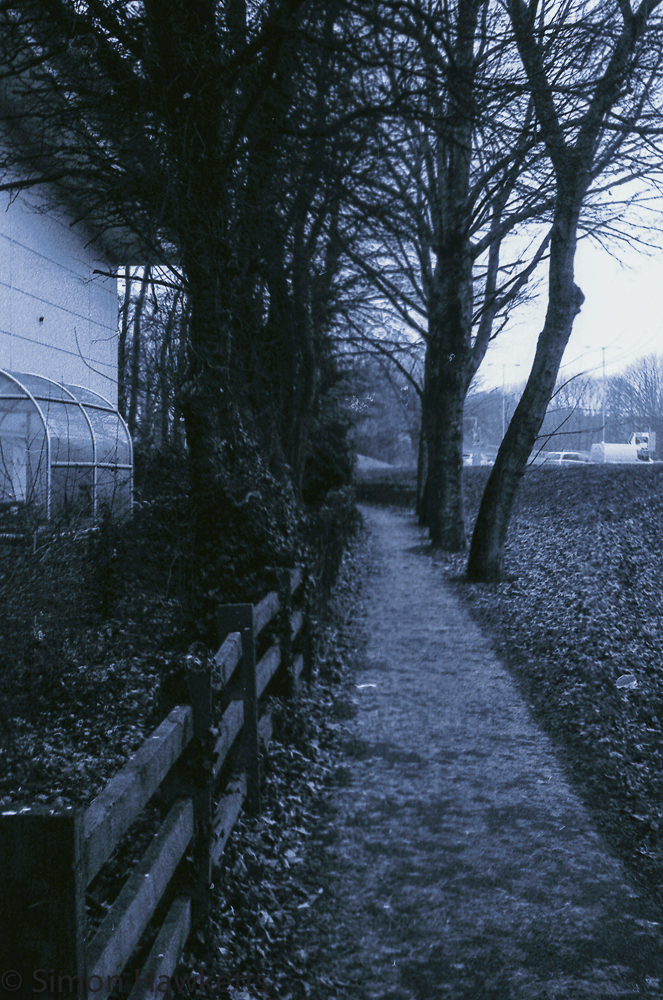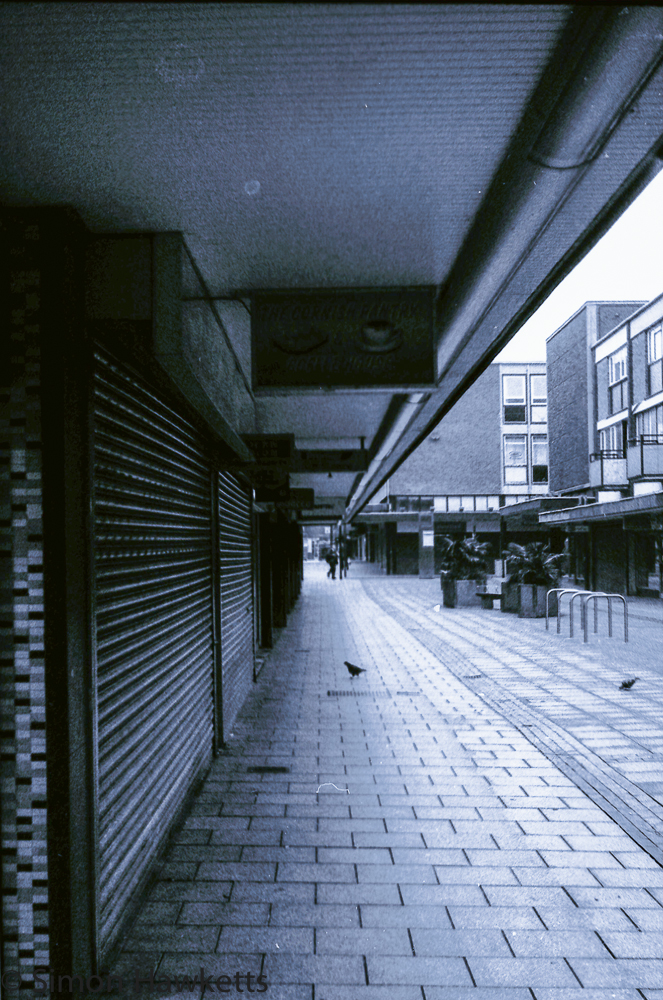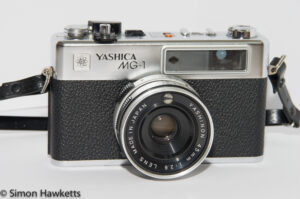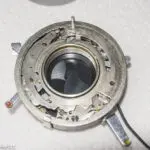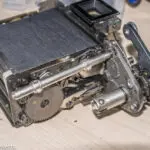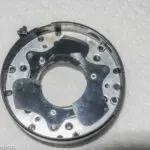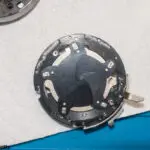This is a post about my Yashica MG-1 35 mm rangefinder which I bought from eBay UK for £21.
The MG-1 was the last in a series of rangefinder cameras which Yashica made between 1966 and 1975. It was available in either black or chrome, my version being the chrome one. For it's time it was a quite highly specified camera with an automatic exposure system and in-viewfinder indication.
Yashica MG-1 Images
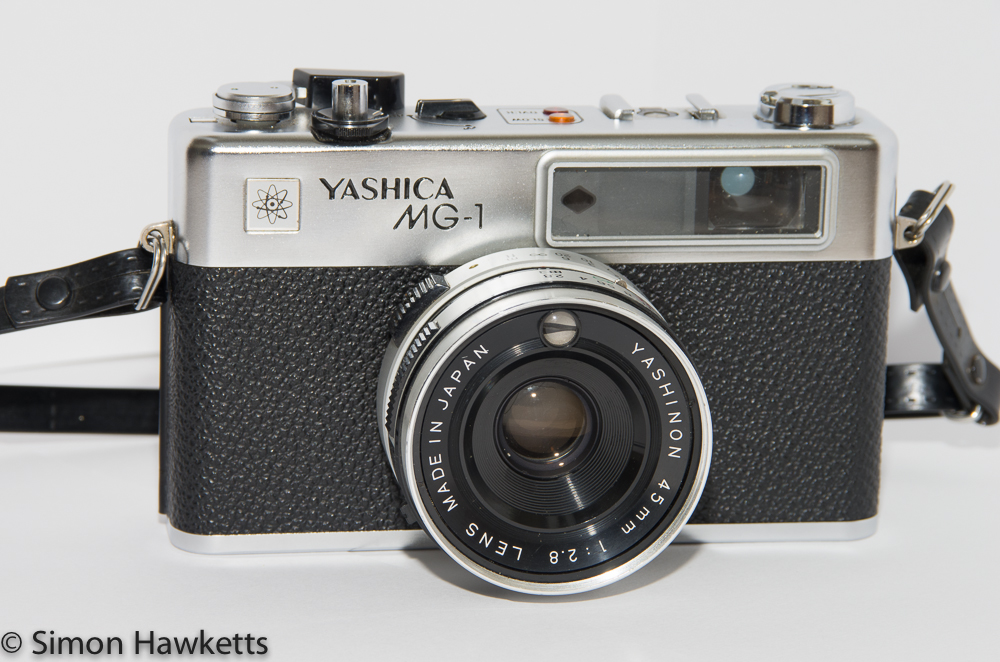
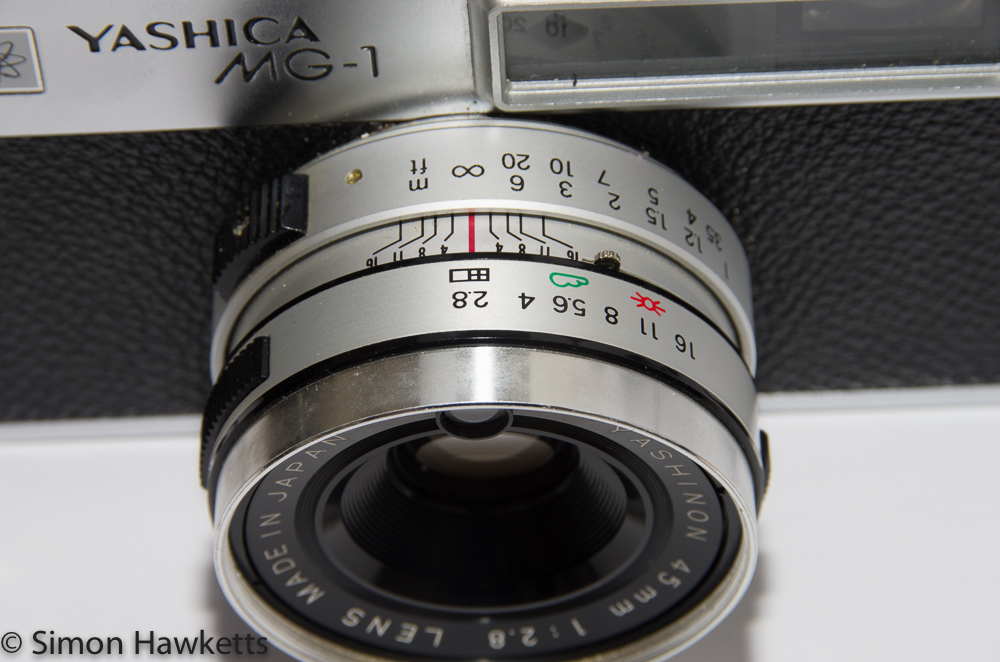
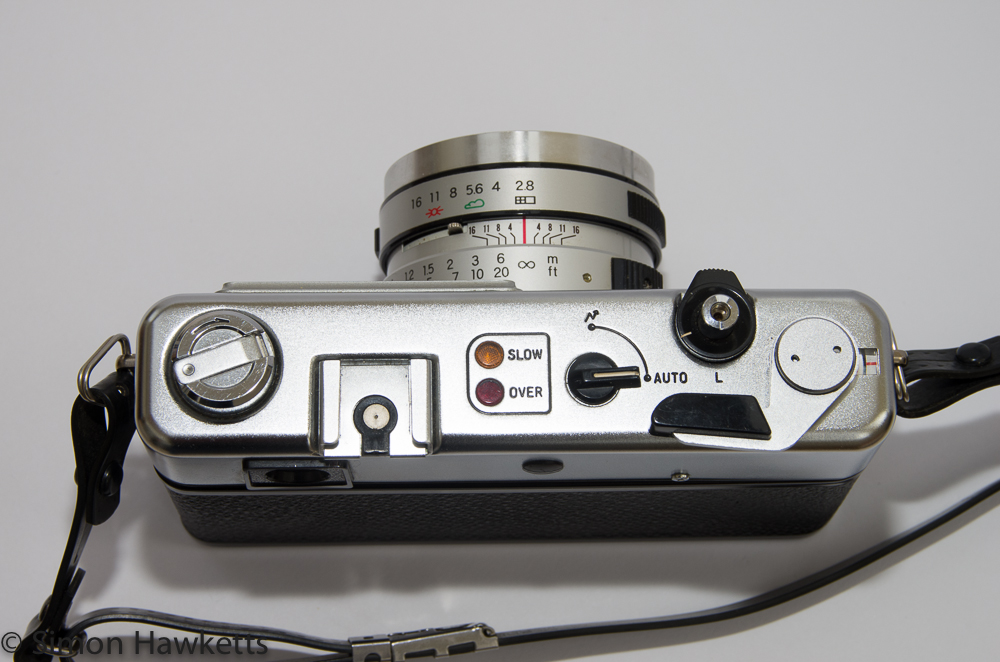
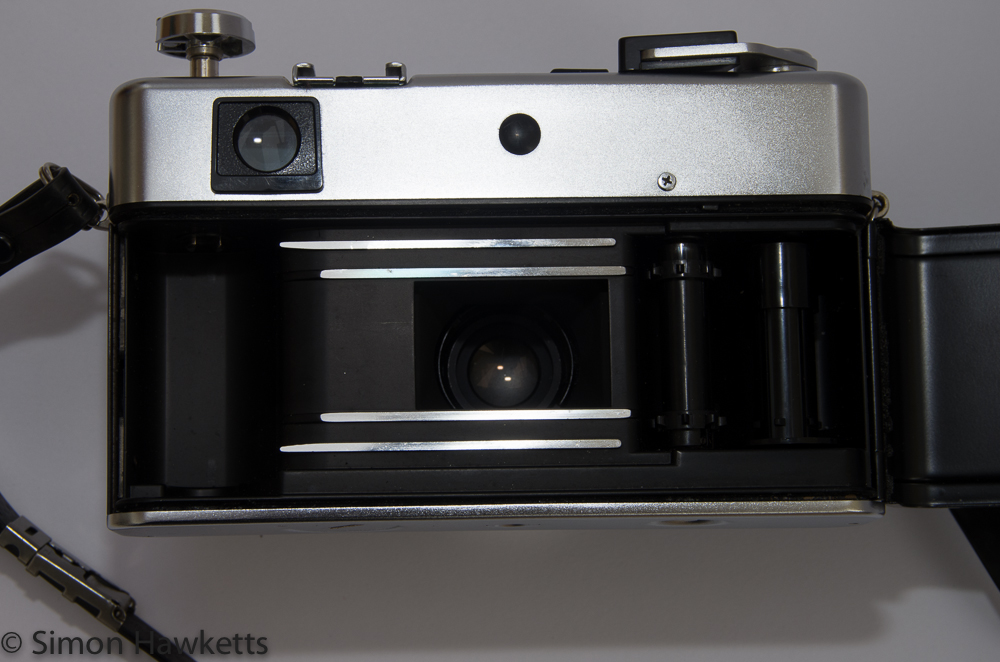

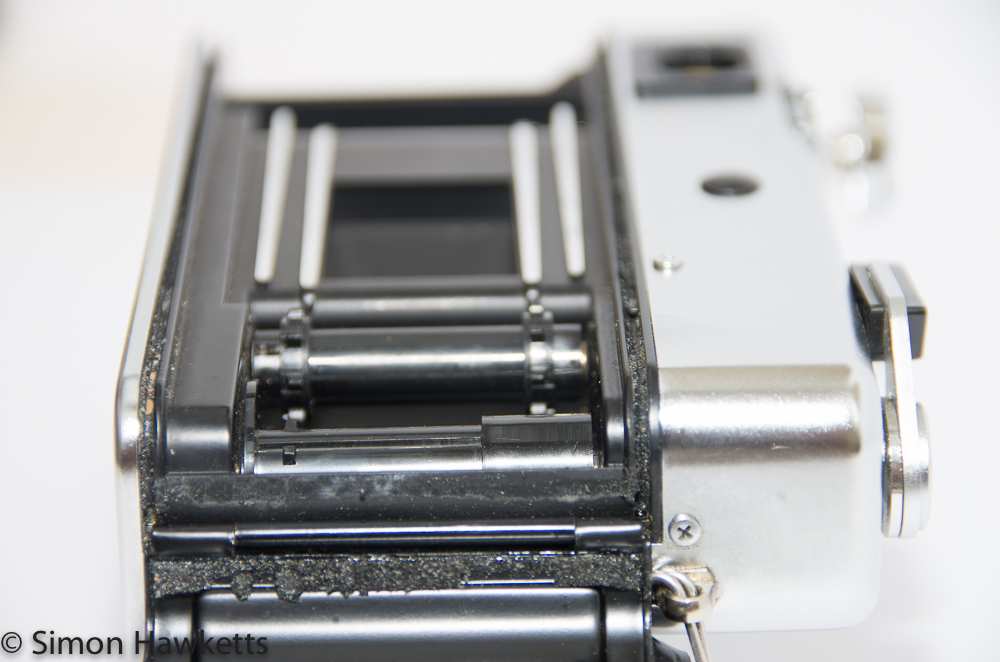

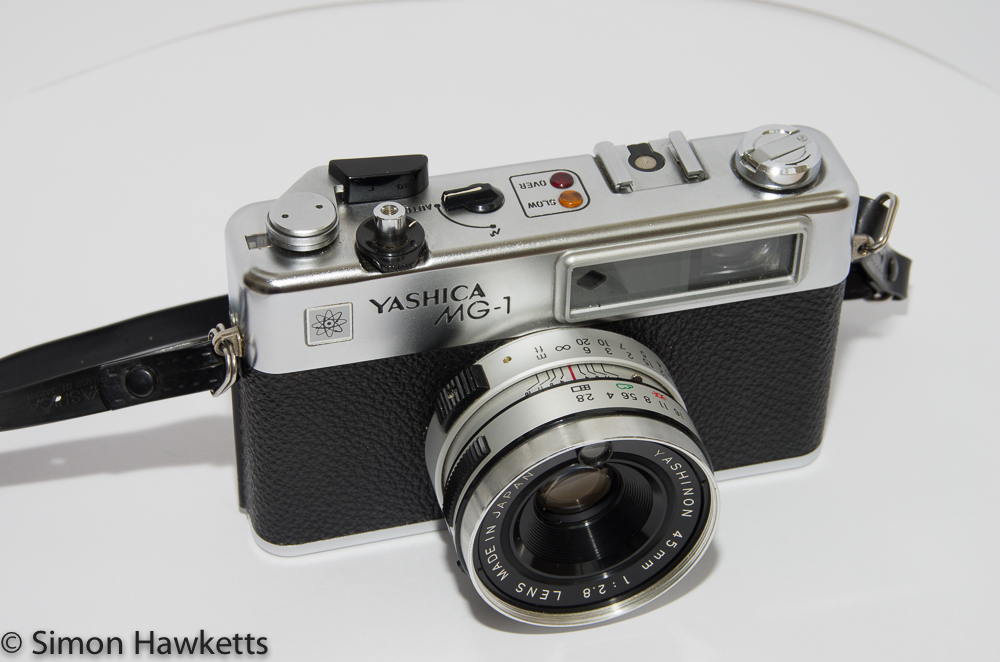
My Yashica MG-1 Camera
I received the camera a few days ago and immediately sent to Amazon for a replacement battery and a reel of black & white film. Unfortunately, the battery I sent for was not the correct type being far too small, but I managed to save the day with a small length of plastic push fit plumbing pipe and some LR44 cells.
I hope the film will turn up on Monday, so I can put the camera through its paces and also see if I can remember how to develop the film as I've also recently bought a Patterson Universal developing tank from eBay.
Yashica MG-1 Camera Description
This is a coupled rangefinder camera which means that in the viewfinder you see a second image in the centre of the viewfinder which is yellow and is offset from the normal view.
In order to focus the camera you turn the focus ring on the lens until the second yellow image is aligned with the normal images in the place you want the best focus to be achieved. That sounds more complex than it actually is - in practice it's quite easy to focus the image.
When framing a shot you need to bear in mind that this is not a through the lens view, so you need to take into account the difference in position of the lens from the viewfinder. There are marks in the viewfinder to assist with that, but in practice you only need to worry about it for close up shots - in normal views the difference is not noticeable.
The exposure system on the camera is electronically controlled and viewable in the viewfinder. When you wind the film on for the next exposure, the exposure system is activated and as you press the shutter button the camera will check if the exposure is OK, based on the aperture you have selected. If the picture were to be under exposed an orange arrow will light in the viewfinder indicating the direction to turn the aperture ring on the lens to increase the exposure. If the exposure were to be over exposed, a red arrow will light in the opposite direction showing you that the aperture need to be closed up.
The sensor for the exposure system is built into the end of the lens which means that it automatically compensates for any filters fitted, and also means it's pretty difficult to take a picture with the lens cap on !
You have no way of knowing what the shutter speed actually will be with this camera. There is nothing to set shutter speed, you just know that a larger aperture will lead to a faster shutter than a small aperture.
There is a hot-shoe for a flash and a small switch which changes the camera from auto expose mode to flash mode is mounted next to it on the top plate. The shutter button has a lock position to stop accidental exposures being made, although since the camera needs to be wound on by hand I would think that isn't terribly necessary.
The controls are really simple to use. There is an ASA setting on the lens barrel and the focus and aperture setting around the lens. If you want to take a picture including yourself there is also a self-timer mechanism on the lens barrel which I timed to be about 10 seconds.
The user manual for this camera is available on-line here.
Condition
The condition of the example I have is pretty good. The only thing which looks a bit worn are the light seals round the film door which I may need to replace. I'll know more when I've put a film through the camera which I will do, and I'll attach the pictures to this post, unless they are completely fogged. There was also a Yashica Ever-ready case supplied which I assume to be an original.
All in all this seems a reasonably good buy for £21 and a nice addition to my camera collection.
Update 17th March
These are the pictures from the first reel of 35 mm black & white film which have been enhanced slightly in Lightroom. The original pictures as scanned are shown here. It's fair to say that I'm not that impressed with them. The exposure seems out, and the definition is not very good.

